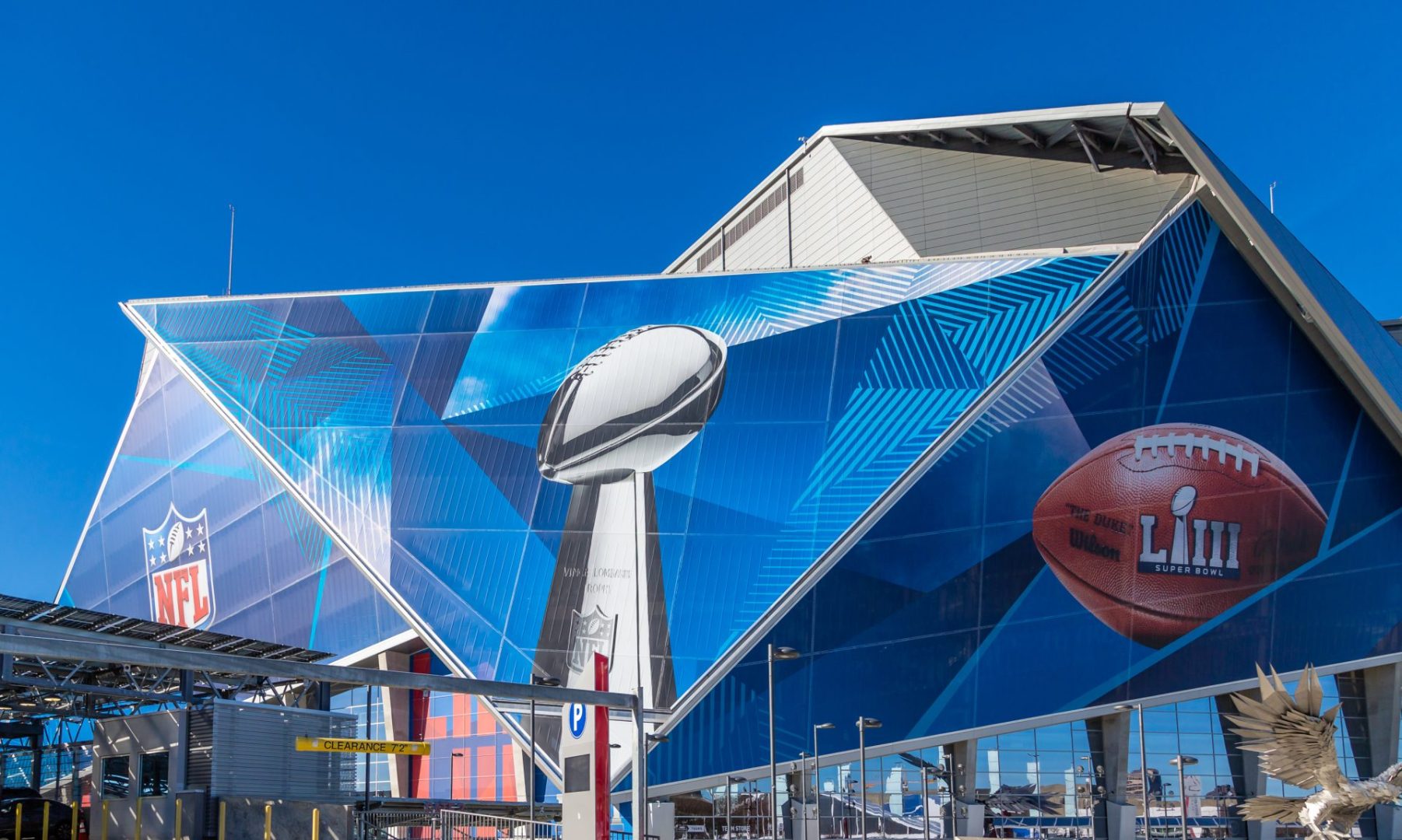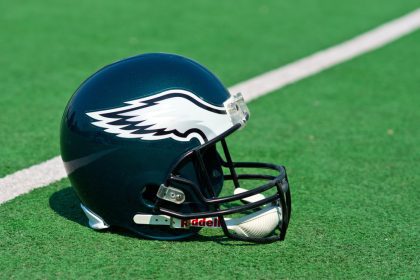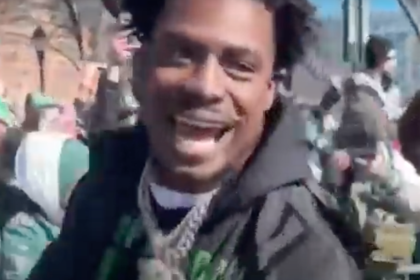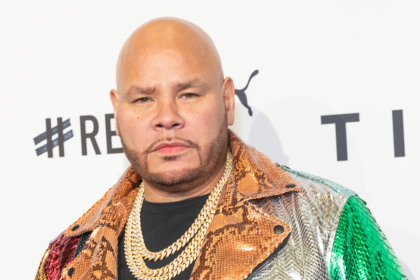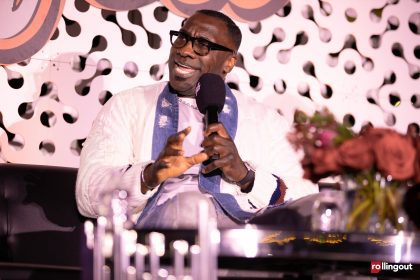The Super Bowl stands as America’s grandest sporting spectacle, drawing millions of viewers and generating staggering profits. Yet beneath the dazzling halftime shows and multimillion-dollar advertisements lies a troubling reality of wage disparity and labor exploitation that’s raising serious concerns among experts and advocates alike.
The economic mirage
Cities across America eagerly compete to host the Super Bowl, drawn by promises of economic windfall and local prosperity. However, North Carolina State University professor Michael Edwards reveals a stark contrast between these golden promises and the harsh reality. While the NFL anticipates generating approximately $1 billion in revenue from the game, with advertisers paying an astounding $7 million for mere 30-second spots, local economies often see minimal returns on their investment.
A tale of two economies
The disparity becomes even more glaring when examining the wage structure for event workers. Recent job listings for Super Bowl halftime show field crew positions advertised wages as low as $12 per hour. These workers, tasked with heavy lifting and equipment management during one of the world’s most-watched events, receive a fraction of the wealth their labor helps generate.
History of controversy
The NFL’s labor practices have repeatedly come under fire. A particularly shocking incident occurred in 2016 when the league initially planned to have 500 field workers perform without pay during the San Francisco-hosted Super Bowl. Only after public outcry and media scrutiny did the NFL agree to comply with California’s minimum wage laws, ultimately paying workers $15 per hour.
The performer’s plight
The issue extends beyond field crew workers. In 2022, dancers for the halftime show faced their own battle when initially offered unpaid positions. Labor advocates’ intervention led to a $15 hourly rate, though many argued this still failed to reflect the value and expertise these performers brought to the spectacular show.
Corporate America’s playbook
Edwards points out that such practices mirror a broader pattern in corporate America, where profit maximization often comes at the expense of fair labor compensation. The Super Bowl simply magnifies these systemic issues, highlighting the growing disconnect between corporate prosperity and worker well-being.
Local impact reality check
Despite claims of economic benefits, most Super Bowl-generated revenue flows to large corporations rather than local communities. Temporary jobs created during the event – from concession stand workers to restaurant staff handling increased customer traffic – typically offer low wages with no benefits or job security.
The advertising contradiction
The stark contrast between the event’s commercial aspects and worker compensation raises ethical questions. While companies spend millions on half-minute advertisements, those working behind the scenes struggle with minimal wages. This disparity exemplifies broader issues of wealth distribution within the sports entertainment industry.
Systemic wage theft
Labor advocates argue that these practices constitute a form of systematic wage theft, pointing to a pattern of undervaluing essential workers while maximizing corporate profits. The NFL’s repeated attempts to minimize labor costs, despite its massive revenue streams, highlight this ongoing issue.
Community impact
Local residents often find themselves caught in the middle of this economic disconnect. While their cities invest heavily in hosting the Super Bowl, promised benefits frequently fail to materialize at the community level. Instead, they may face increased living costs and disruption without corresponding economic advantages.
The path to change
Labor rights advocates emphasize the need for systematic changes in how major sporting events approach worker compensation. They argue that fair wages and better working conditions should be non-negotiable, especially given the immense profits these events generate.
Moving forward
The conversation around Super Bowl labor practices continues to evolve, with growing calls for greater corporate accountability and fair compensation. As public awareness increases, pressure mounts on the NFL and other major sports organizations to reexamine their approach to worker compensation and economic impact.
The Super Bowl’s labor issues serve as a microcosm of broader economic disparities in the sports entertainment industry. As fans continue to enjoy this beloved American tradition, the ongoing debate about fair compensation and economic justice reminds us that true celebration should include dignity and fair treatment for all involved.

